How to Do Italy in the Off Season, According to Travel Specialists

- Oops!Something went wrong.Please try again later.
Pavliha/Getty
While Italy is never a bad idea per se, there are times when the the high-heeled boot kicks better than others. Those times lie in the off-season, when baking heat compounds not with throngs of crowds, and you, the tourist, find yourself with a touch more cool air to breathe. Between October and April and from thigh to toe to rock that the toe kicks (I am referring to Sicily), the entire country comes alive in ways that most tourists will never get to experience if they stick to August.
"Could that really be true?" You ask. “It is true,” we at Traveler respond. It's easier to get reservations, for one thing, at storied establishments in Rome and elsewhere. The weather is milder, and not at cost of sunshine. Seasonal events you won't regret attending like Piedmont's White Truffle Festival and the Feast of Sant Agata in Catania fall during this portion of the calendar. But don't let us alone convince you. Below, we've spoken to a handful of agents from our most trusted travel specialists about trips to Italy that they've planned in the off-season of which they are particularly proud.
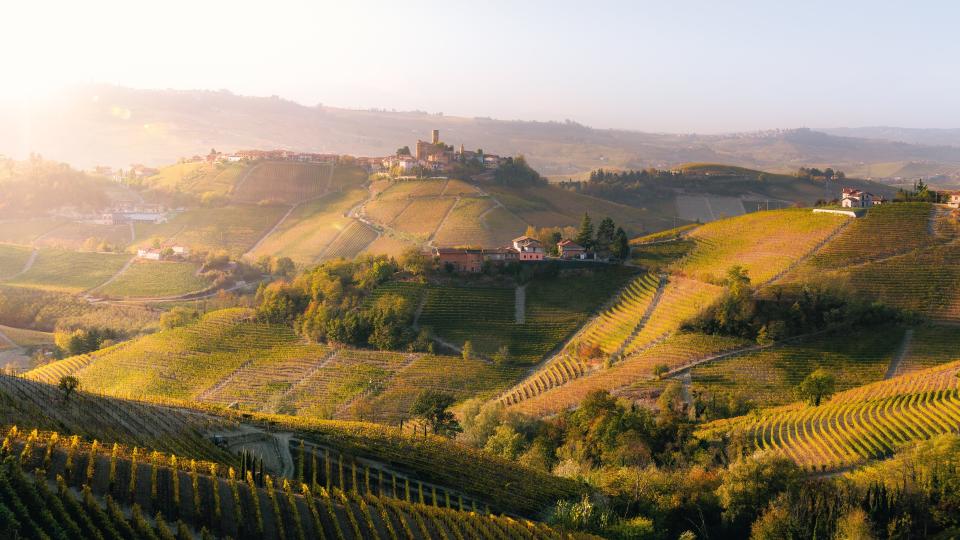
Autumn in Langhe Region, Piedmont, Italy
Piedmont and Emilia-Romagna
“One of the trips I recently put together that I am really proud of is to Lake Como, Piedmont, and Emilia-Romagna. This particular multi-generational family of 13 is from Texas, and they were really wanting to avoid the heat and the crowds as they have enough of that at home. They were really interested in Como and Passalacqua, the new-kid-on-the-block hotel that’s leaning into off-season travel itself by being open year round.
That’s why I planned it around Como, but I had them starting in Piedmont at the Casa di Langa for three days, about a two-and-a-half hour drive away, because it’s the kick-off of white truffle season. They’ll go to the truffle fair which is every weekend in Alba and eat at a mix of Michelin-starred restaurants and local trattorias. This region in general, you could compare it to Tuscany, if you’re a wine connoisseur this is where the Barolos and Barbarescos come from. But it’s much more concentrated than Tuscany, with hilltop villages and Alps in the background. It’s still very local. And then Lake Como is Lake Como. Weaving in Emilia-Romagna for tree days at Grand Hotel Majestic già Baglioni, a three-hour-drive south from Como, for the food element as well—it’s the food capital of Italy in my mind with prosciutto di parma and parmesan cheese and what we would call 'bolognese"'. You base yourself in Bologna, the city heart, and go into the countryside for the producers. There’s also Modena and Parma, two beautiful towns, Modena being the home of [Massimo Bottura’s] Osteria Francescana. Another benefit of traveling in the off-season is that you’re much more likely to be able to dine at a place like that. Getting a reservation doesn’t necessarily require waking up at 4 a.m. six months in advance, which I have done." —Caroline Quinn, Black Tomato
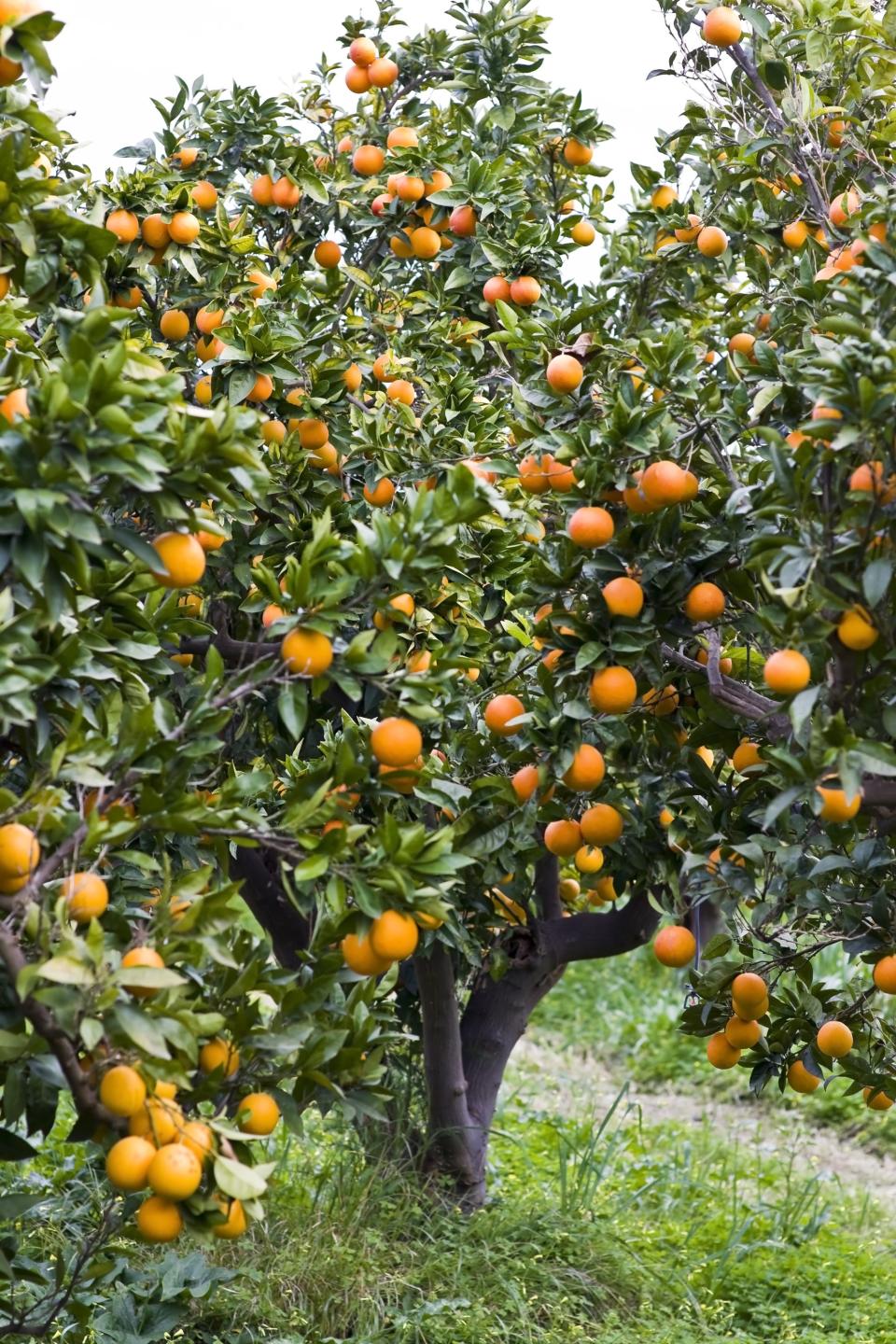
513252492
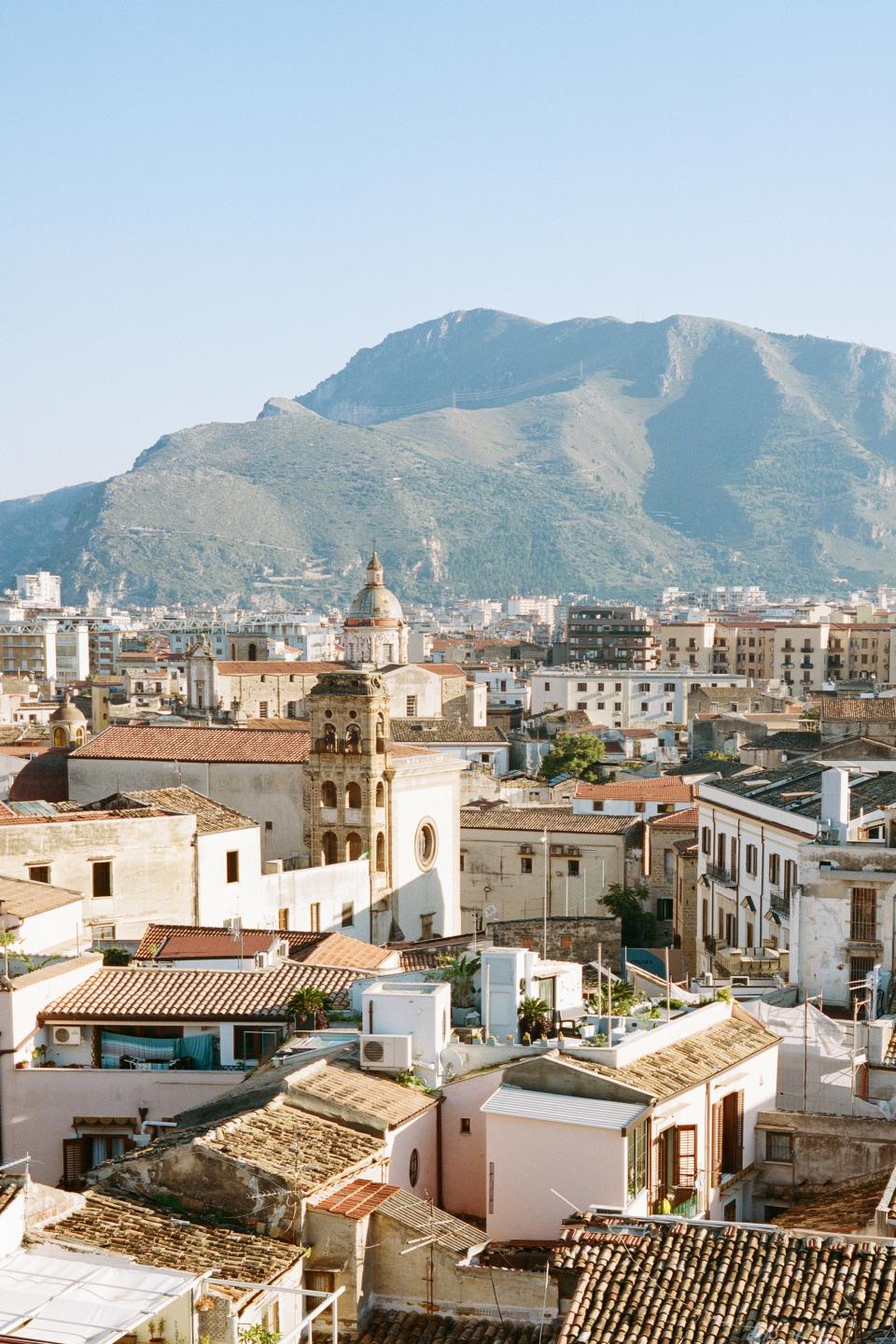
1371082761
Catania, Sicily
“How about the Feast of Sant Agata in Catania, where we sent clients in February this year? Sicily in February is heaven, the weather is gorgeous, and it’s warm enough to shrug off your winter woolies and eat outside. The fields are carpeted with wild flowers—the drive between Catania and Noto is spectacular—and it’s the time of year for the orange harvest which makes a wonderful contrast to the drab temperature and mood at home (London, in my case). The Feast of Sant Agata attracts millions of pilgrims each year from around Sicily and is still very local and wild, with candlelit processions through the night, day time fireworks including from the roof of the Duomo and lots of celebrating. We are lucky enough to have friends who own a palazzo facing the Duomo where our clients could watch everything going on. During the day we drove them to Piazza Armerina to see the ‘bikini girls’ and at the Villa Romana which has the largest collection of Roman mosaics anywhere in the world. Normally packed with visitors, we had the entire villa to ourselves which was extraordinary.
Even Taormina, which has suffered from a deluge of visitors from what is known as the White Lotus effect (which I’m afraid I’m partly responsible for) was relatively empty. February is a brilliant month to visit Sicily especially if you’re curious about Ancient Rome, rather than baking alive in 100 degrees along with scores of other visitors you have the immense luxury of visiting temples, ruins, museums and mosaics alone.” —Emily Fitzroy, Bellini Travel
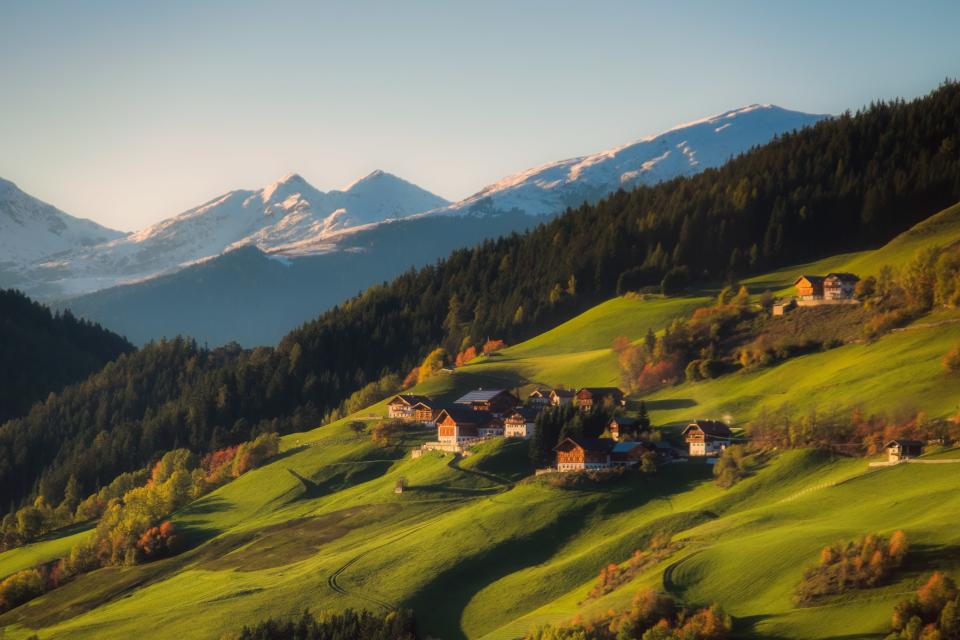
The Village on the hill in Autumn, Val di Funes, South Tyrol, Italy
The Dolomites
“It’s a little bit of a local secret that fall proper is the best season in the Dolomites. Not only is there the changing of the seasons and the colors, but also a sensation of quiet that the locals find very welcome after what was likely a busy summer and early fall. They are keen to promote this time to visitors—over the years, I’ve been told by owners and general managers of hotels that this really is the best time to be here, you’re sharing the paths with fewer people and the air quality is amazing. I don’t know exactly why, there is a temperature change, but the quality of the views is so long and crisp and crystal with the contrast between the greens of the land with the blue skies. It’s a visual therapy. Plus, a lot of our travelers prefer the crispness for hiking over heat. It’s the right climate. At the same time, in the area where I run trips, we have 300 days of sunshine annually. Key towns to visit are Urtijëi and Castelrotto. The gateway city is Bolzano, a year-round residential city that’s worth spending time in. It’s the rendezvous point with a fantastic archeological museum and a university, so the vibe there is a mix of younger people and families.
I had an October trip that ended up being a private group of seven couples in their mid- to late-fifties. They were very happy to stay in Val Gardena. They requested that there be two different levels of hike each day—a rigorous group and a laidback group, the latter of which got to drop into little towns like Urtijëi to have a look around—Urtijëi is actually quite lively and has a great artistic tradition of woodwork. We would also mountain bike, which is popular here, and have wine tastings and private evenings at mountain huts that opened just for us. We brought in music from accordions in the evenings when everyone would gather together, and had opportunities for casual pizza nights and refined evenings at the hotel. I was able to join the group one evening, and it was really like a roving cocktail party with friends and friends of friends. Because it was quiet in the region, they felt like they had it to themselves and I was able to create private events even moreso. Everyone was able to have the experience that they wanted.” —Georgia Yuill, Butterfield & Robinson
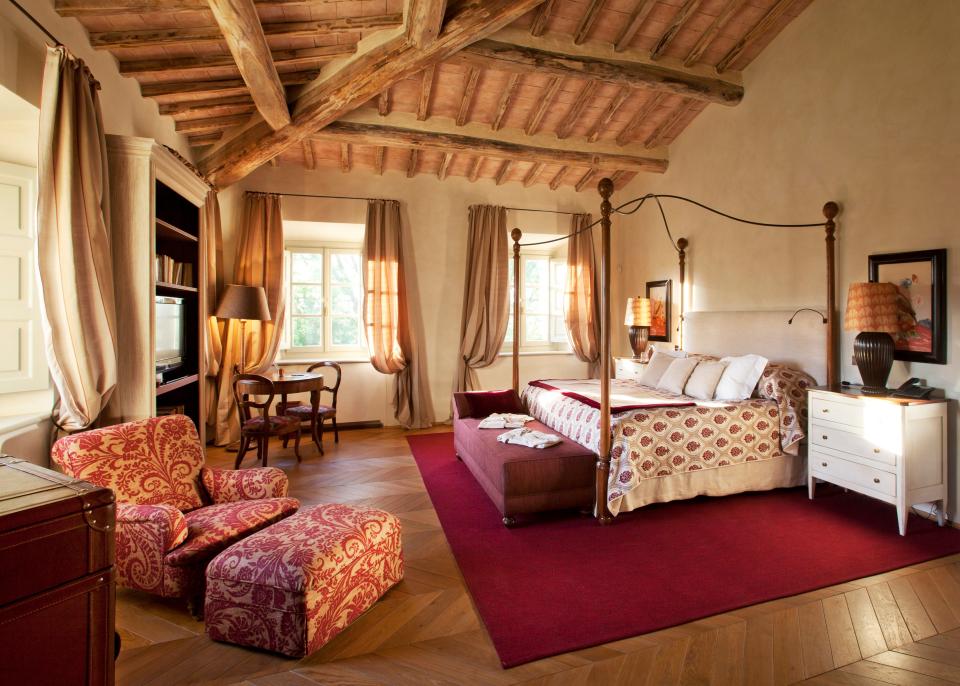
Siena, Tuscany
"South of Siena, Rosewood Castiglion del Bosco is a 5,000-acre estate in the Val d’Orcia, near the town of Montalcino that I sent a family of five for a special Thanksgiving retreat this past November. I had personally visited Villa Ardore in Chianti in the fall on an industry trip organized by Bruno Lima of Destinare. We had a magical moonlit dinner with the villa owner, Christian Scali— with a private chef turning out wood fired pizzas in their outdoor oven. Over a glass of local wine, Christian was sharing stories of special time spent with his partner and their neighbors enjoying the off-season magic of the villa and this region during the holidays.
When clients came looking for a special holiday experience to share with their adult children, my mind was immediately transported back to Christian's stories. These clients weren't seeking a private villa or I would've happily sent them to Villa Ardore. Rosewood Castiglion del Bosco was the perfect answer with their luxurious but rustic chic accommodations, onsite winery, and cooking school.
After an overnight direct flight to Rome, we had a private driver pick them up at FCO and take them on the three-hour drive to the estate. Well rested and shaking off their jetlag, they enjoyed a cheese, wine, and vineyard tour that afternoon at the Castiglion del Bosco winery, the producer of Brunello di Montalcino. They finished off their night at Michelin-starred Ristorante Campo di Drago. The next day they were off truffle hunting, Brunello tasting, and enjoying a black truffle lunch. Then off to wander and enjoy dinner at a local restaurant in the town of Montalcino and a night cap back at the property with a family chess game by the fire. The following day they took a cooking class, making fresh pasta by hand, and hiked the gorgeous property. The weather was crisp and sunny and our satisfied clients reported that the crowds were perfect—just enough for some lively energy without a single hint of chaos.” —Kim Hannum, Fora Travel
Originally Appeared on Condé Nast Traveler

